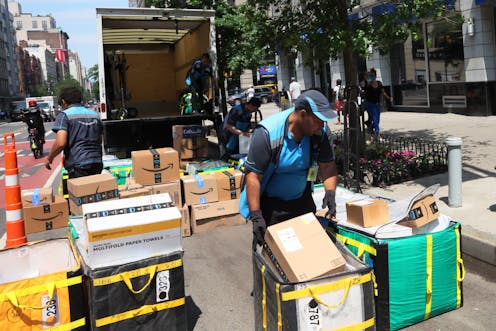

Authors: Anne Goodchild, Professor of Civil and Environmental Engineering and Director, Supply Chain Transportation and Logistics Center, University of Washington
Read more


